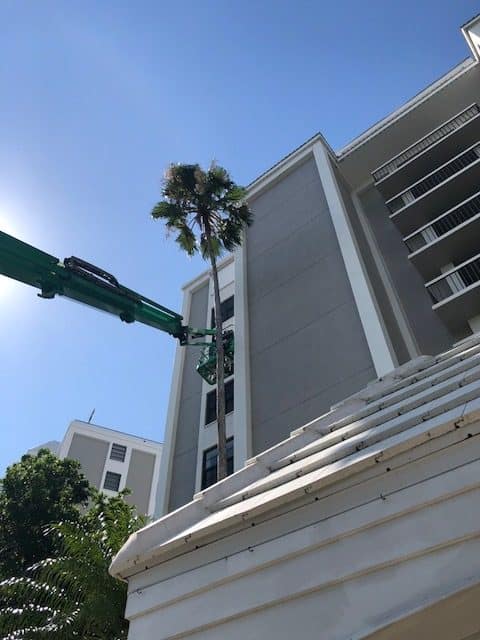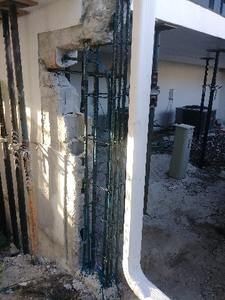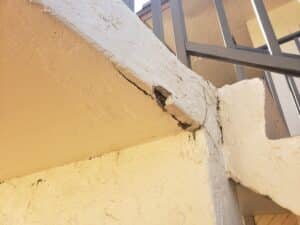Sealants play a crucial role in protecting building exteriors from damage caused by moisture, weather, and temperature changes. By forming a barrier that keeps water and air out, sealants help maintain the structural integrity and aesthetic appeal of buildings. Regularly applying sealants is an essential part of building maintenance, ensuring the longevity and durability of various surfaces.
Different types of sealants are suited for different surfaces and conditions, making it important to understand which products best meet your needs. The right sealant can prevent issues such as mold growth, cracking, and deterioration, saving you time and money on future repairs. Moreover, choosing the appropriate sealant involves considering factors like adhesion, flexibility, and resistance to environmental elements.
Applying sealant correctly is as important as selecting the right type. Proper application ensures that the sealant adheres well and provides maximum protection against the elements. This article will guide you through the role of sealants in building protection, the types of sealants available, the factors to consider when choosing a sealant, and the techniques for effective application.
Understanding the Role of Sealants in Building Protection
Sealants are essential for protecting buildings from damage caused by moisture, air, and temperature changes. They create a durable barrier that prevents water and air from penetrating the structure, which helps avoid problems like mold growth, structural damage, and energy loss. By sealing cracks and joints, sealants maintain the building’s integrity and prolong its lifespan.
In Florida’s humid climate, moisture-related damage is a common issue, making sealants even more critical. The constant exposure to humidity and rain can quickly deteriorate building materials if they are not properly protected. Sealants act as a protective shield, defending surfaces from these harsh elements and reducing the need for frequent repairs. Properly sealed buildings are also more energy-efficient as they prevent air leaks, making heating and cooling systems work more effectively.
Types of Sealants and Their Best Uses
There are various types of sealants available, each designed for specific applications. Some of the most common types include silicone, polyurethane, and acrylic sealants. Silicone sealants are known for their flexibility and durability, making them ideal for areas exposed to extreme temperature changes. They are commonly used around windows, doors, and other exterior joints.
Polyurethane sealants provide excellent adhesion and are highly resistant to wear and tear. They are suitable for sealing concrete joints and are often used in commercial and high-traffic areas. Acrylic sealants, on the other hand, are water-based and easy to apply. They are best used for minor repairs and paint preparation since they can be painted over once they are dry. Choosing the right type of sealant is crucial to ensure effective protection and longevity of the building exterior.
Factors to Consider When Choosing a Sealant
Choosing the right sealant involves considering several important factors to ensure it meets the specific needs of your building. One key factor is the type of material being sealed. Different sealants are designed to adhere to various surfaces such as concrete, wood, metal, or glass. Make sure to select a sealant compatible with the material you are working with for maximum effectiveness.
Another factor is the exposure to environmental conditions. If the area being sealed will be exposed to extreme temperatures, rain, or UV rays, select a sealant that can withstand these conditions. For example, polyurethane sealants offer excellent resistance to weathering and UV radiation, while silicone sealants perform well in high-temperature environments. Additionally, consider the sealant’s durability and flexibility, especially in areas that may experience movement or vibrations.
Application Techniques for Long-Lasting Results
The method of applying sealant can significantly impact its performance and longevity. Begin by thoroughly cleaning the surface to remove dirt, grease, and old sealant. A clean surface ensures proper adhesion and a watertight seal. Use appropriate cleaning agents and tools to prepare the surface without damaging it.
When applying the sealant, use a caulking gun for precise and even application. Hold the gun at a consistent angle and apply steady pressure to avoid bubbles and gaps. Smooth the sealant with a tool or your finger to ensure it fills the joint completely and adheres well to both sides. Pay special attention to corners and areas requiring extra sealing. Allow the sealant to cure properly, following the manufacturer’s instructions for drying times and conditions. Proper application techniques help achieve a strong, long-lasting seal.
Conclusion
Sealants play an essential role in protecting building exteriors from moisture, temperature changes, and environmental damage. Understanding the different types of sealants and their best uses is crucial for maintaining the integrity and appearance of structures like condos, commercial properties, and HOA buildings. By considering factors such as material compatibility, environmental exposure, and the specific needs of your project, you can choose the most effective sealant.
Using the correct application techniques enhances the sealant’s performance, providing long-lasting protection. Thorough surface preparation, precise application, and proper curing are all critical to achieving robust and durable seals. By paying attention to these details, we can ensure that our buildings remain protected and beautiful for years to come.
If you need professional assistance with clear waterproof sealants or any other construction services, reach out to McLeod’s Contracting Solutions. Our expert team is here to help you maintain and protect your property with effective and reliable solutions tailored to your needs.







